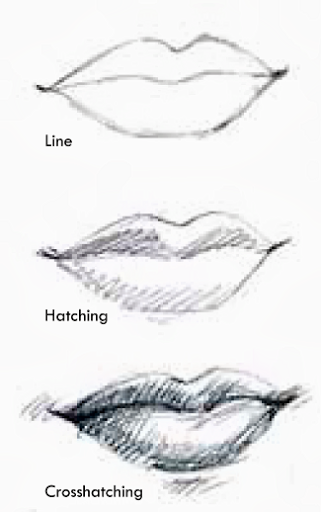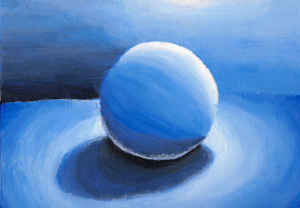Rhythm – (Noun)
Definition 1: is a principle of design that suggests movement or action.
(Rhythm) is usually achieved through repetition of lines, shapes, colors, and more. It creates a visual tempo in artworks and provides a path for the viewer’s eye to follow. It is important because (Rhythm) allows your designs to develop an overall consistency that makes it easier for your customers to understand. Once the brain recognizes the pattern in the (rhythm), it can relax and better comprehend the rest of the design.… Read More...
It is important because (Rhythm) allows your designs to develop an overall consistency that makes it easier for your customers to understand. Once the brain recognizes the pattern in the (rhythm), it can relax and better comprehend the rest of the design.… Read More...

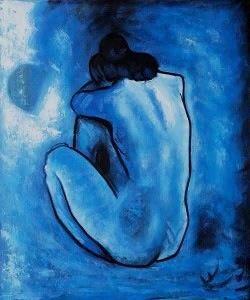

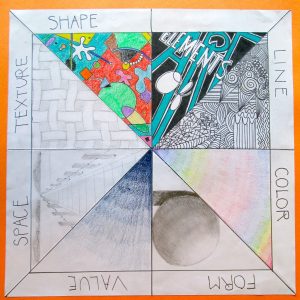
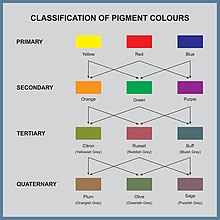
 …
… 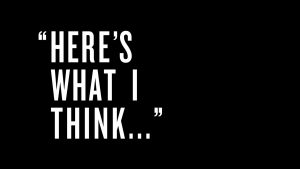 …
… 